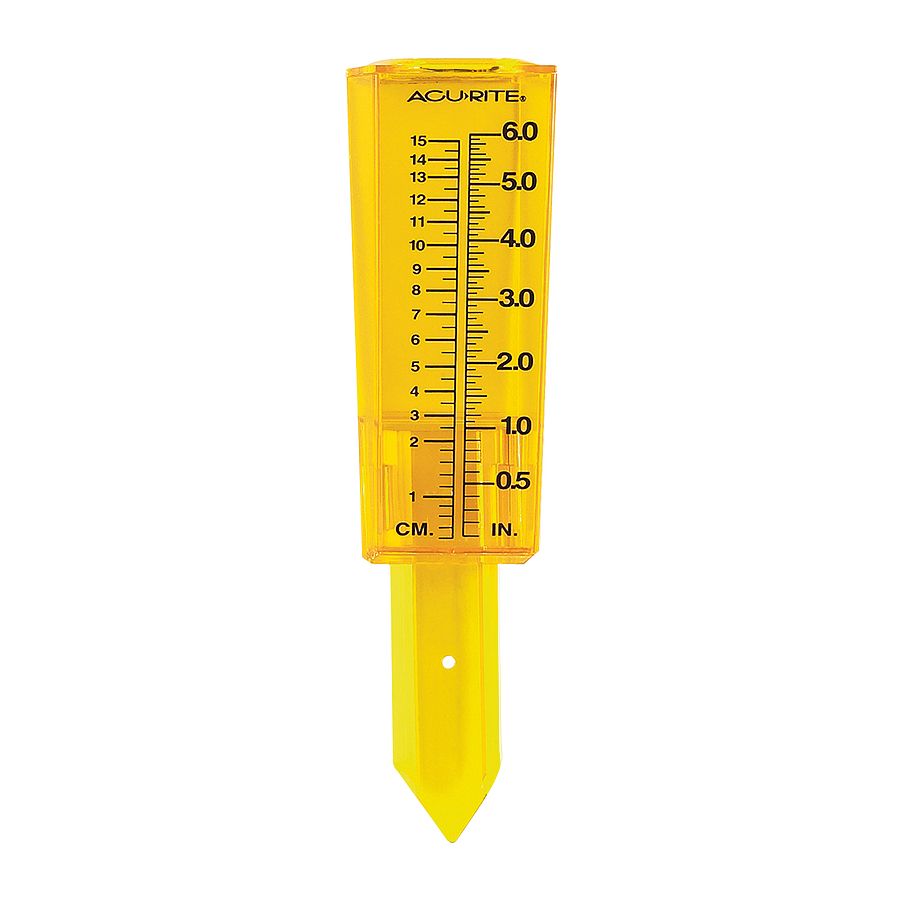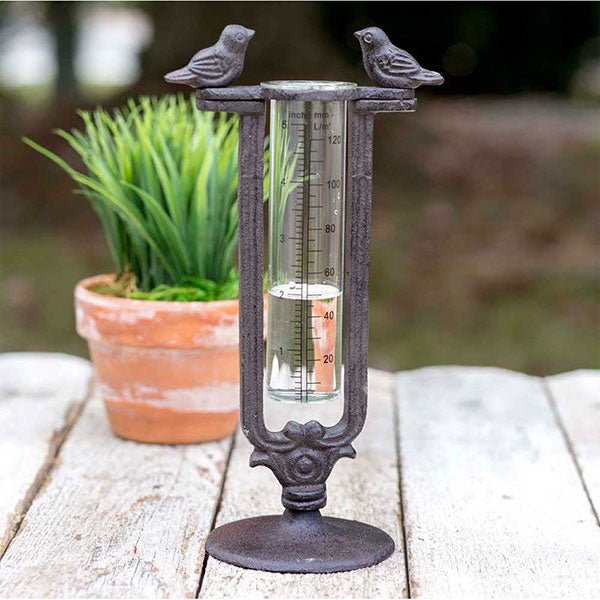Understanding the Scientific Research Behind The Rain Gauge: Insights and Innovations Introduced
Understanding the Scientific Research Behind The Rain Gauge: Insights and Innovations Introduced
Blog Article
How to Select the Right Rain Scale for Accurate Rainfall Data
To acquire trustworthy measurements, it is important to choose the ideal rain scale. Taking into consideration aspects such as location, kind, and accuracy of the rainfall gauge will certainly assist guarantee specific data collection. Additionally, recognizing the maintenance and calibration treatments will add to the durability and integrity of your rainfall gauge.
Value of Selecting the Right Rainfall Gauge
The importance of choosing the best rain gauge hinges on getting dependable and precise rains data for accurate atmospheric analysis. Rainfall information is critical for a variety of applications, consisting of weather condition forecasting, hydrological modeling, and environment research. Unstable or incorrect data can cause incorrect verdicts and flawed decision-making procedures.

Secondly, the accuracy and accuracy of the rain gauge are critical. The scale should be able to gauge rainfall with high precision, catching also percentages of rainfall precisely. It ought to likewise reduce errors because of evaporation, wind, and other environmental factors. Regular calibration and maintenance are vital to ensure recurring precision.
Additionally, the location and setup of the rain scale are essential considerations. It ought to be positioned in an open area, far from obstructions that can affect rains dimensions. The gauge ought to be positioned at an ideal elevation and angle to avoid spilling and make sure correct catchment of rain.
Variables to Consider When Picking a Rain Scale
When selecting a rain scale, there are several vital elements to take into consideration. These elements can greatly affect the precision and reliability of the rains data gathered. The very first variable to consider is the kind of rainfall gauge. There are various kinds available, including common rain assesses, tipping bucket rainfall gauges, and evaluating rainfall assesses. Each kind has its very own advantages and downsides, so it is essential to choose one that best fits your details needs and demands.
Another element to think about is the material of the rain gauge. Rainfall determines can be made from various products, such as metal, glass, or plastic. The material chosen should be durable and resistant to climate condition, guaranteeing that the rain gauge will certainly hold up against the aspects and supply precise dimensions in time.
Accuracy is also a crucial factor to consider. Search for rainfall gauges that have actually been adjusted and checked for accuracy. Functions such as anti-splash rings and funnels can likewise improve the accuracy of the measurements.

Finally, consider the climate and environment in which the rainfall scale will be made use of. Different rainfall gauges are suitable for different environments, so it is very important to pick one that is appropriate for the conditions in your location.
Various Types of Rainfall Determines Readily Available
To even more check out the aspects to take into consideration when picking a rain gauge, it is crucial to comprehend the various kinds of rainfall determines readily available. The most typical kind is the typical rainfall scale, additionally known as the cylindrical rain gauge.
Another type of rainfall scale is the tipping bucket rainfall scale. This gauge uses a seesaw-like mechanism to accumulate and measure rainfall. As the rainfall falls under the gauge, it fills out one side of the container, triggering it to clear the water and tip. The number of tips is counted online to establish the quantity of rainfall. Tipping bucket rainfall determines are preferred for their accuracy and ability to gauge rainfall intensity.
A 3rd sort of rain scale is the considering rainfall scale. This scale utilizes an equilibrium system to determine the weight of the gathered rainfall. As the rain falls into the scale, it is gathered in a container attached to a balance. The weight of the water is gauged, and the rainfall quantity is determined based upon the weight. Evaluating rainfall assesses are highly precise however can be more pricey and need regular upkeep.
Lastly, there are also remote rainfall assesses that use progressed technology to gauge rains (The Rain Gauge). These assesses use sensing units and transmitters to send out information wirelessly to a central device. Remote rain evaluates are hassle-free for keeping an eye on rains in hard-to-reach areas or for massive information collection
Just How to Identify the Precision of a Rain Gauge
One means to assess the accuracy of a rainfall scale is by conducting routine calibration dimensions. Calibration involves contrasting the analyses of a rainfall gauge to a basic dimension, such as a certified rainfall scale or a climate station with high precision. By contrasting the dimensions, any disparities or inaccuracies in the rainfall gauge can be determined and represented.
To conduct a calibration measurement, begin by accumulating rains data from both the rain scale and the basic dimension gadget over a specific amount of time, such as a month. After that, compare the readings and compute the difference in between them. This difference is called the calibration mistake.
It is essential to keep in mind that calibration measurements ought to be executed frequently, as environmental factors, such as particles, temperature, and wind, can impact the precision of the rainfall gauge over time. By performing routine calibrations, any changes in the precision of the rain gauge can be spotted and adjustments can be made as necessary.
In enhancement to calibration, it is pop over to this web-site likewise advised to tidy and keep the rainfall gauge regularly to guarantee its accuracy. Remove any kind of debris or blockages that might affect the precision of the measurements, and examine for any type of indicators of damage or put on that may call for repair work or substitute.
Tips for Preserving and Adjusting Your Rain Scale
Normal upkeep and calibration are important for guaranteeing the precision and reliability of your rainfall gauge in determining rainfall data (The Rain Gauge). By adhering to a few basic tips, you can make sure that your rain scale is correctly kept and calibrated
To start with, it is very important to cleanse your rain scale frequently to avoid any kind of debris or dust from blocking the rain collection device. Use a soft brush and a light cleaning agent to gently clean up the within and outside of the gauge. Rinse it completely visit this web-site with clean water and enable it to dry totally prior to reinstalling it.
Secondly, it is advised to calibrate your rainfall gauge at least yearly. Calibration includes comparing the measurements of your rainfall gauge with those of a trusted and exact recommendation scale. This will assist you recognize and deal with any kind look at these guys of potential mistakes in your rainfall scale's dimensions.
To adjust your rainfall scale, accumulate a well-known quantity of water making use of a gauging container and contrast it with the dimensions taped by your rainfall gauge. Change the readings accordingly to guarantee accuracy.

Conclusion
In conclusion, selecting the ideal rainfall gauge is vital for getting accurate rainfall information. Factors such as budget plan, objective, and location must be considered when choosing a rain gauge.
There are different types available, including basic rain assesses, tipping bucket rainfall gauges, and considering rainfall determines.To further explore the aspects to take into consideration when choosing a rainfall gauge, it is essential to understand the different types of rain gauges available. The most common type is the conventional rain gauge, also known as the cylindrical rain scale.Another type of rainfall scale is the tipping container rainfall gauge. Calibration entails comparing the analyses of a rain gauge to a conventional measurement, such as a qualified rain gauge or a weather terminal with high precision.
Report this page